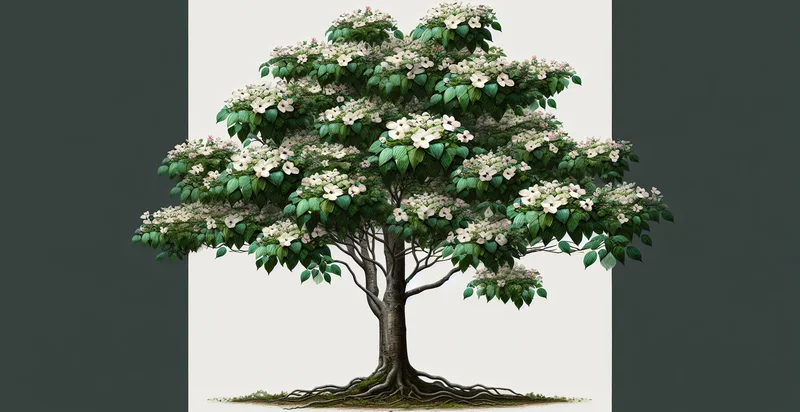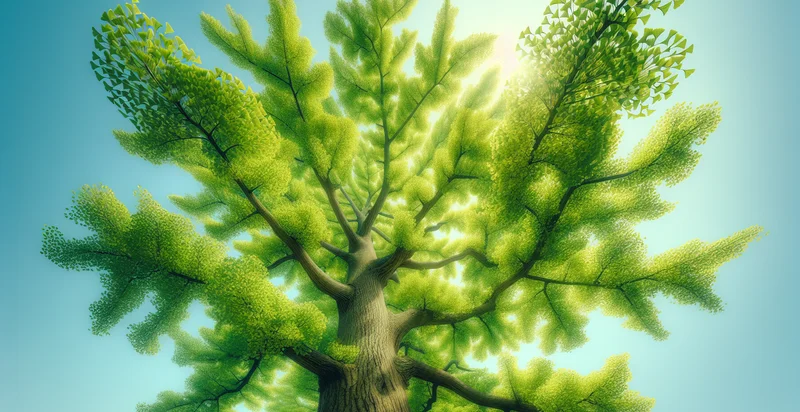Identify if tree is a hawthorn
using AI
Below is a free classifier to identify if tree is a hawthorn. Just upload your image, and our AI will predict if the tree is a hawthorn - in just seconds.

Contact us for API access
Or, use Nyckel to build highly-accurate custom classifiers in just minutes. No PhD required.
Get started
import nyckel
credentials = nyckel.Credentials("YOUR_CLIENT_ID", "YOUR_CLIENT_SECRET")
nyckel.invoke("if-tree-is-a-hawthorn", "your_image_url", credentials)
fetch('https://www.nyckel.com/v1/functions/if-tree-is-a-hawthorn/invoke', {
method: 'POST',
headers: {
'Authorization': 'Bearer ' + 'YOUR_BEARER_TOKEN',
'Content-Type': 'application/json',
},
body: JSON.stringify(
{"data": "your_image_url"}
)
})
.then(response => response.json())
.then(data => console.log(data));
curl -X POST \
-H "Content-Type: application/json" \
-H "Authorization: Bearer YOUR_BEARER_TOKEN" \
-d '{"data": "your_image_url"}' \
https://www.nyckel.com/v1/functions/if-tree-is-a-hawthorn/invoke
How this classifier works
To start, upload your image. Our AI tool will then predict if the tree is a hawthorn.
This pretrained image model uses a Nyckel-created dataset and has 2 labels, including Tree Is Hawthorn and Tree Is Not Hawthorn.
We'll also show a confidence score (the higher the number, the more confident the AI model is around if the tree is a hawthorn).
Whether you're just curious or building if tree is a hawthorn detection into your application, we hope our classifier proves helpful.
Related Classifiers
Need to identify if tree is a hawthorn at scale?
Get API or Zapier access to this classifier for free. It's perfect for:
- Urban Forestry Management: Municipalities can utilize the hawthorn identifier to assess tree populations in urban areas. By identifying hawthorns specifically, city planners can make informed decisions about tree maintenance and biodiversity initiatives.
- Environmental Research: Researchers studying ecosystems can incorporate hawthorn classification in their studies of forest health. Understanding the distribution and health of hawthorn trees can provide insights into local biodiversity and species interactions.
- Education and Awareness: Schools and environmental organizations can implement programs using hawthorn identification to teach students about native tree species and ecological importance. This hands-on learning can promote conservation awareness among young people.
- Landscaping and Gardening: Landscape architects and gardeners can use hawthorn identification to select appropriate flora for new projects. Knowing which trees are hawthorns can guide planting decisions that support biodiversity and enhance aesthetic appeal.
- Conservation Efforts: Conservation organizations can leverage this identifier to monitor hawthorn populations in various habitats. By tracking hawthorn health and distribution, they can devise targeted conservation strategies to protect this specific species.
- Agricultural Applications: Farmers growing hawthorn for fruit, hedges, or other uses can benefit from accurate identification. The true image classification enables them to distinguish hawthorne from invasive species, ensuring better resource allocation and crop management.
- Mobile App Development: Developers can create mobile applications that assist users in identifying hawthorn trees in the wild. These apps would cater to outdoor enthusiasts, helping them learn about native plant species while encouraging engagement with nature.


